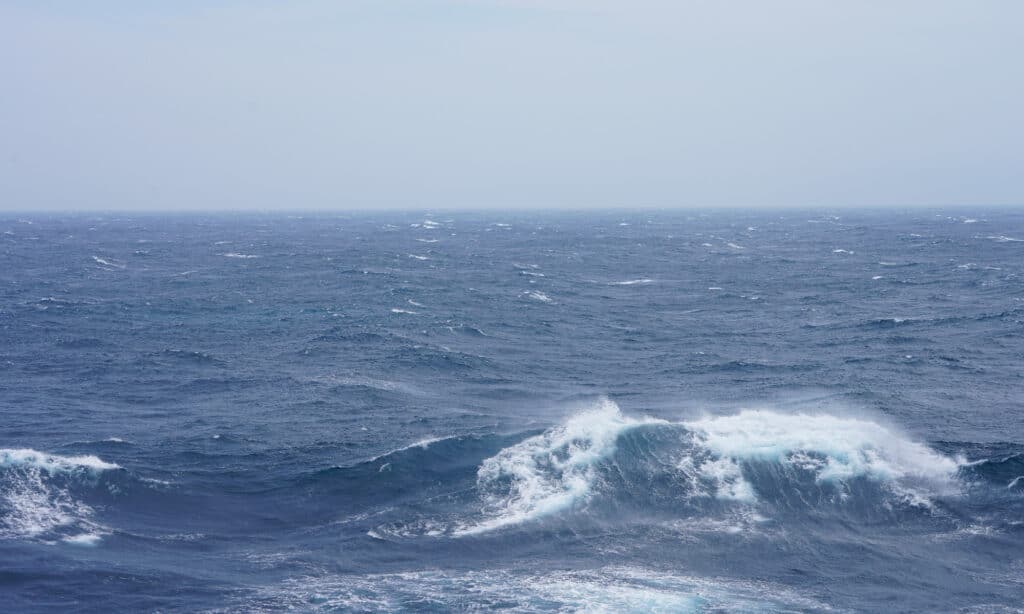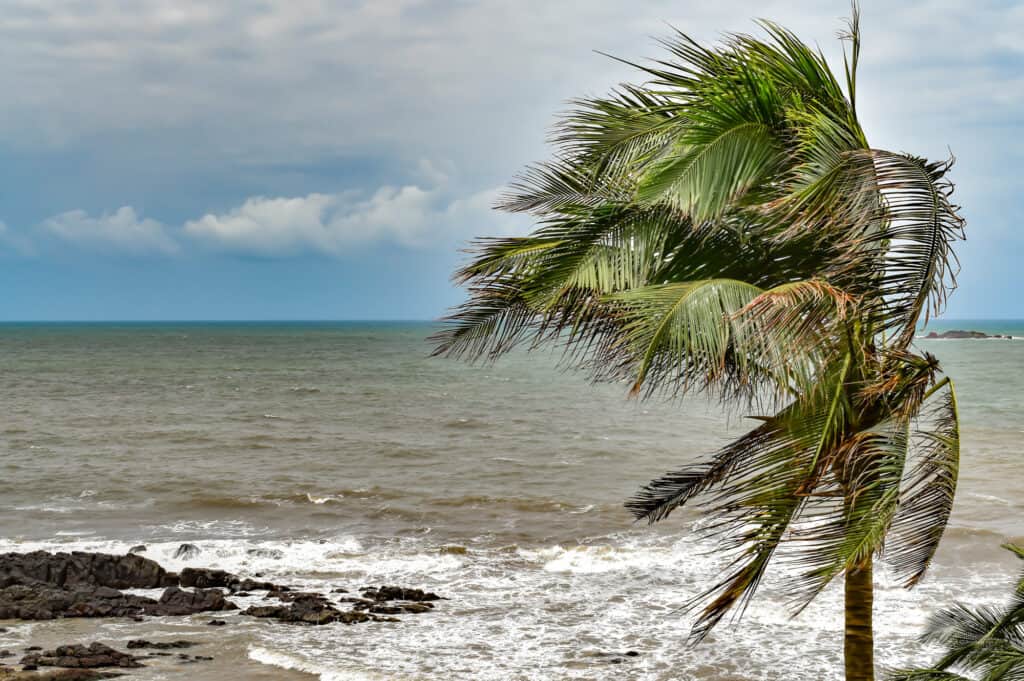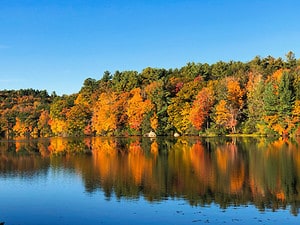You may have heard a meteorologist talk about La Niña and El Niño. These Spanish words mean “the girl” and “the boy,” respectively. But what do girls and boys have to do with the weather? Let us find out in the article below.
Comparing La Niña and El Niño:
| Warm water flows east, towards the west coast of North and South America | Warm water flows toward Asia, and more cold water hits the west coast of North and South America |
| More Common | Less Common |
| Causes dry and warm weather in the Pacific Northwest. | Causes drier than normal weather in the southern U.S |
| Causes wet weather and flooding in American South. | Causes wetter weather in the Northwest and Midwest. |
| Stronger Pacific hurricanes but less intense Atlantic hurricanes. | More intense Atlantic hurricane season and less intense Pacific hurricane season. |
| Translation: The Boy | Translation: The Girl |
| Warmer water, less phytoplankton to feed fish. | Cooler water, more nutrients, more fish. |

La Nina and El Nino are weather patterns.
©Artem Pachkovskyi/Shutterstock.com
Key Differences Between La Niña and El Niño
The typical weather pattern sees trade winds pushing warm water west from South America towards Asia. Then, due to fluid dynamics, cold water rises closer to the surface to replace that warm water. La Niña and El Niño are two different weather patterns in the Pacific Ocean that vary from this usual pattern.
The key difference is that La Niña is a cold phase, while El Niño represents a warm phase. During an El Niño period, the trade winds that typically push the water towards Asia are weaker. So, the warm water flows back east, towards the west coast of North and South America. During a La Niña period, the trade winds are more robust than usual, so more warm water gets pushed toward Asia, and more cold water hits the west coast of North and South America.
These patterns of wind moving warmer and colder water have significant effects on the weather.
How Long Does La Niña or El Niño Last?

Commonly, La Nina and El Nino can last between nine to 12 months.
©iStock.com/Ashish Kumar
These weather patterns usually last between nine to 12 months. Sometimes, they can stick around for years. The weather usually shifts from La Niña to El Niño every two to seven years. El Niño is more common than La Niña.
Other Names for La Niña and El Niño
The name for the process of shifting between these two weather patterns is the El Niño-Southern Oscillation cycle or ENSO cycle.
El Niño means “the boy” in Spanish, but it also means “The Christ Child”. It was given this name because Spanish-speaking sailors and fishermen in the 1600s noticed abnormally warm water on the Pacific coast of South America around December, near the time of Christmas.
Other names for La Niña include El Viejo, meaning “the old man.” It is also sometimes called simply “anti-El Niño.”
How Does La Niña Affect the Weather?
During La Niña years, the polar jet stream is pushed northwards. This causes warmer than usual temperatures in southern North America and colder than usual temperatures in the north. The southern US is typically drier than normal during a La Niña period, and the Pacific Northwest and Midwest may be wetter, potentially to the point of flooding.
La Niña years often have a more intense Atlantic hurricane season but a less intense Pacific hurricane season.
In addition to affecting the weather, the water currents and nutrients available affect the presence of ocean creatures. In La Niña periods, the water is cooler and has more nutrients. So, animals like squid and salmon that prefer colder water are more abundant near the coast of California during these times.
How Does El Niño Affect the Weather?
During an El Niño year, the polar jet stream is pushed further south than usual. This causes dry and warm weather in the Pacific Northwest and Western Canada and wet weather in the American South. During these years, there are more likely to be flooding events in southern states like Louisiana.
During these periods, there are more likely to be stronger Pacific hurricanes but less intense Atlantic hurricanes.
The presence of more warm water off the Pacific coast of the United States affects the availability of phytoplankton. Many fish feed on these microscopic creatures. With less food available, the whole Pacific coast food chain is affected, and fewer fish may be present in the ocean around these times. Additionally, due to the warmer water, species that prefer tropical waters may show up in areas where they are not usually seen.
La Niña, El Niño, and Climate Change

Climate change is causing weather patterns to be more extreme.
©iStock.com/Daria Nipot
Many climate scientists believe that climate change is causing weather patterns to become more extreme. We can see that in recent flood events in Pakistan, droughts in Europe, and strong hurricanes in the United States. Experts believe that as climate change progresses, the effects of La Niña and El Niño will simply become stronger and more extreme. Scientists are trying to gather more data to track ocean temperatures and discover more about these important ocean patterns to better predict how climate change is affecting them and how these patterns may change in the future.
The photo featured at the top of this post is © iStock.com/Ashish Kumar
Sources
- Sofar Ocean, Available here: https://www.sofarocean.com/posts/how-ocean-climate-change-impacts-el-nino-and-la-nina
- National Environmental Education Foundation, Available here: https://www.neefusa.org/weather-and-climate/weather/el-ni-o-and-la-ni-what-s-difference
- National Oceanic and Atmospheric Administration, Available here: https://www.climate.gov/enso
- National Oceanic and Atmospheric Administration, Available here: https://oceanservice.noaa.gov/facts/ninonina.html
FAQs (Frequently Asked Questions)
What does La Niña mean?
La Niña means “the girl” in Spanish.
What does La Niño mean?
La Niño means “the boy” or “the Christ child” in Spanish.
What are La Niña and El Niño?
La Niña and El Niño are weather patterns that appear in the Pacific Ocean. They can have a profound effect on the world’s weather.
What is the normal Pacific Ocean weather pattern without La Niña or El Niño?
The typical weather pattern in the pacific ocean consists of trade winds that push warm water west towards Asia from South America. Cold water rises closer to the surface to replace that warm water.
What happens during a La Niña year?
During a La Niña period, the trade winds that push warm water toward Asia from South America are more robust than usual, so more warm water gets pushed toward Asia and the west coast of the Americas is colder.
La Niña years have warmer than usual temperatures in southern North America and colder than usual temperatures in the north. The southern US is typically drier, and the Pacific Northwest and Midwest may be wetter, potentially to the point of flooding.
La Niña years often have a more intense Atlantic hurricane season, but a less intense Pacific hurricane season.
In La Niña years animals like squid and salmon that prefer colder water are more abundant near the coast of California during these times.
What happens during an El Niño year?
During an El Niño period, the trade winds that typically push warm water toward Asia are weaker. So instead, the warm water flows back east, towards the west coast of North and South America.
El Niño years have dry and warm weather in the Pacific Northwest and Western Canada, and wet weather in the American South. During these years, there are more likely to be flooding events in southern US states.
During these periods there are more likely to be stronger Pacific hurricanes, but less intense Atlantic hurricanes.
The warmer water of an El Niño year causes less phytoplankton to be available. This is an important food source for many fish. The lack of phytoplankton affects the food chain. Additionally, species that prefer tropical waters may show up in areas where they are not usually seen due to warmer water temperatures.
How long does La Niña or El Niño last?
La Niña and El Niño usually last between nine to 12 months. Sometimes, they can stick around for years.
How often does the weather change from La Niña to El Niño?
The weather can shift from La Niña to El Niño every 2 to 7 years.
Which is more common: El Niño or La Niña?
El Niño is more common than La Niña.
What are other names for La Niña?
La Niña is also called El Viejo, meaning “the old man.” It is also sometimes known as “anti-El Niño.”
Why is it called El Niño?
The world El Niño means “The Christ Child” in Spanish. It was given this name because Spanish-speaking sailors and fishermen in the 1600s noticed abnormally warm water on the Pacific coast of South America around December, near the time of Christmas. El Niño typically peaks around December.
How will climate change affect El Niño and La Niña?
Experts believe that as climate change progresses, the effects of La Niña and El Niño will become stronger and more extreme.
Thank you for reading! Have some feedback for us? Contact the AZ Animals editorial team.






